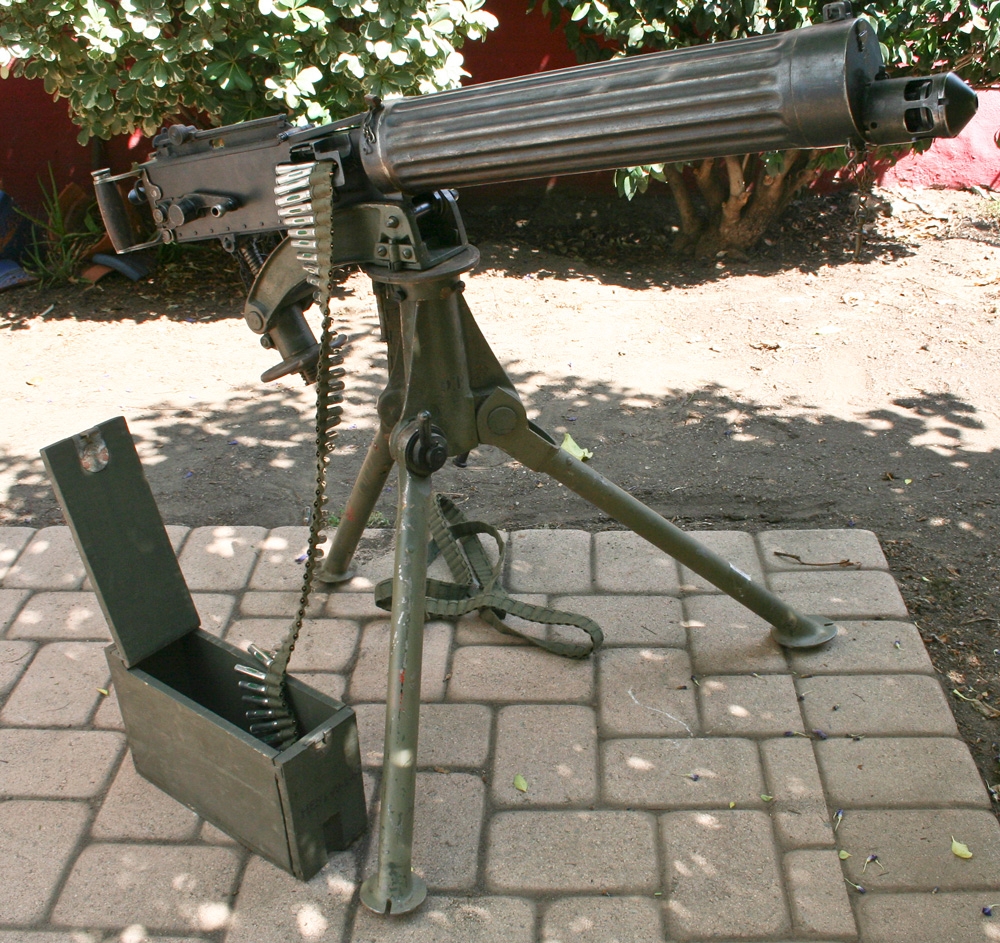
Etienne machine guns was issued in 1915: the so-called "Omnibus Tripod". A tripod that could be used for both the Hotchkiss and the St. īeginning in 1900, two basic tripod types were used prior to World War I, when the final and most effective third Hotchkiss tripod model (the Mle 1916) became adopted and widely distributed. It was widely used in all French tanks of the period and in some military airplanes. This led to the adoption of a 250-round articulated metal belt in 1917. The Hotchkiss strips performed well with a three-man crew, but their capacity was too small for a single gunner firing from the inside of a tank. Then introducing a new loaded strip into the gun triggered the release forward of the bolt and firing resumed. Each empty feed strip was ejected automatically after its last round had been fired, leaving the bolt open in the rear position.

Although the Hotchkiss machine gun was easy to feed continuously with a three man team, each individual strip held only 24 rounds of 8mm Lebel ammunition. The Hotchkiss fired from an open bolt, a disposition existing today in all machine guns in order to avoid "cook-offs". All parts of the gun are constructed in such a manner that it is impossible to assemble them improperly. The Hotchkiss machine gun itself ( excluding the tripod) has only 32 parts ( US War Department Handbook of the Hotchkiss Machine Gun, Model of 1914 ) including four coil springs and no screws or pins whatsoever. The gas cylinder under the barrel features a regulator piston which can be adjusted to the normal rate of fire of 450 rounds per minute. The Hotchkiss machine gun barrel features five large annular rings which materially assisted natural cooling and retarded overheating. The Hotchkiss machine gun was gas actuated and air-cooled, in contrast to the Maxim gun which was recoil operated and water-cooled. It got its wish and French infantry divisions became progressively outfitted with the Hotchkiss gun in late 1917 and early 1918. By the 1916, during World War I, French line infantry, still equipped with the unsatisfactory Saint-Etienne, convinced General Petain that it needed the more reliable Hotchkiss. Nevertheless Hotchkiss machine guns were also purchased by the French military for use in overseas colonies and by mountain troops in the Alps. Étienne Mle 1907 (a French government arsenal product ) to equip the infantry went through in 1908. With some useful changes, such as the addition of five cooling radiator rings on the barrel, the same basic design led to the M1900, and later to the M1914 (with minor improvements that were added since 1908). In 1898 an export model was also offered for international sales by Hotchkiss.

After trials that began in 1895, development issues were resolved leading to the initial purchase of the Hotchkiss gun by the French Military in 1897. Benet (1863–1948) with the assistance of Henri Mercie. Benjamin Hotchkiss was no longer alive at the time of the purchase, but the Odkolek design was further developed and greatly improved under the direction of American-born Laurence V. The patents had been purchased by the firm of Benjamin Hotchkiss, based in Saint-Denis, near Paris. The Hotchkiss was based on a design by Captain Baron A. The AEF in France purchased 7,000 Hotchkiss machine guns in 8mm Lebel, between 19, and used them extensively at the front during the Saint-Mihiel and Meuse-Argonne offensives. By the end of 1918, 47,000 Hotchkiss machine guns had already been delivered to the French army alone. The Hotchkiss machine gun, a sturdy and reliable weapon, remained in active service with the French army until the early 1940s. Hotchkiss heavy machine guns, some being of earlier types, were also used in combat by Japan, Chile, Mexico, Spain, Belgium, Brazil and Poland. The American Expeditionary Forces (AEF) in France also used the Mle 1914 Hotchkiss extensively in 19. Etienne, the Hotchkiss Mle 1914 became the French infantry standard in late 1917.


However, due to inferior field performance by the St. Étienne Mle 1907 was the standard machine gun of French infantry. "Benet-Mercie" or the British Hotchkiss Mark I). The heavy Mle 1914 Hotchkiss is not to be confused with the lighter Hotchkiss M1909 (the U.S.
#MILITARY MACHINE GUNS FOR SALE SERIES#
The Mle 1914 was the last version of a series of nearly identical Hotchkiss designs : the Mle 1897, Mle 1900 and the Mle 1908. The gas-actuated Hotchkiss system was first formulated in 1895 by Odkolek von Augeza ( Austria ) and improved into its final form by Hotchkiss armament engineers Laurence Benet and Henri Mercie. It was manufactured by the French arms company Hotchkiss et Cie, which had been established in the 1860s by American industrialist Benjamin B. The Mle 1914 Hotchkiss machine gun chambered for the 8mm Lebel cartridge became the standard machine gun of the French Army during World War I. Legionnaires in Morocco with a Hotchkiss M1914.


 0 kommentar(er)
0 kommentar(er)
